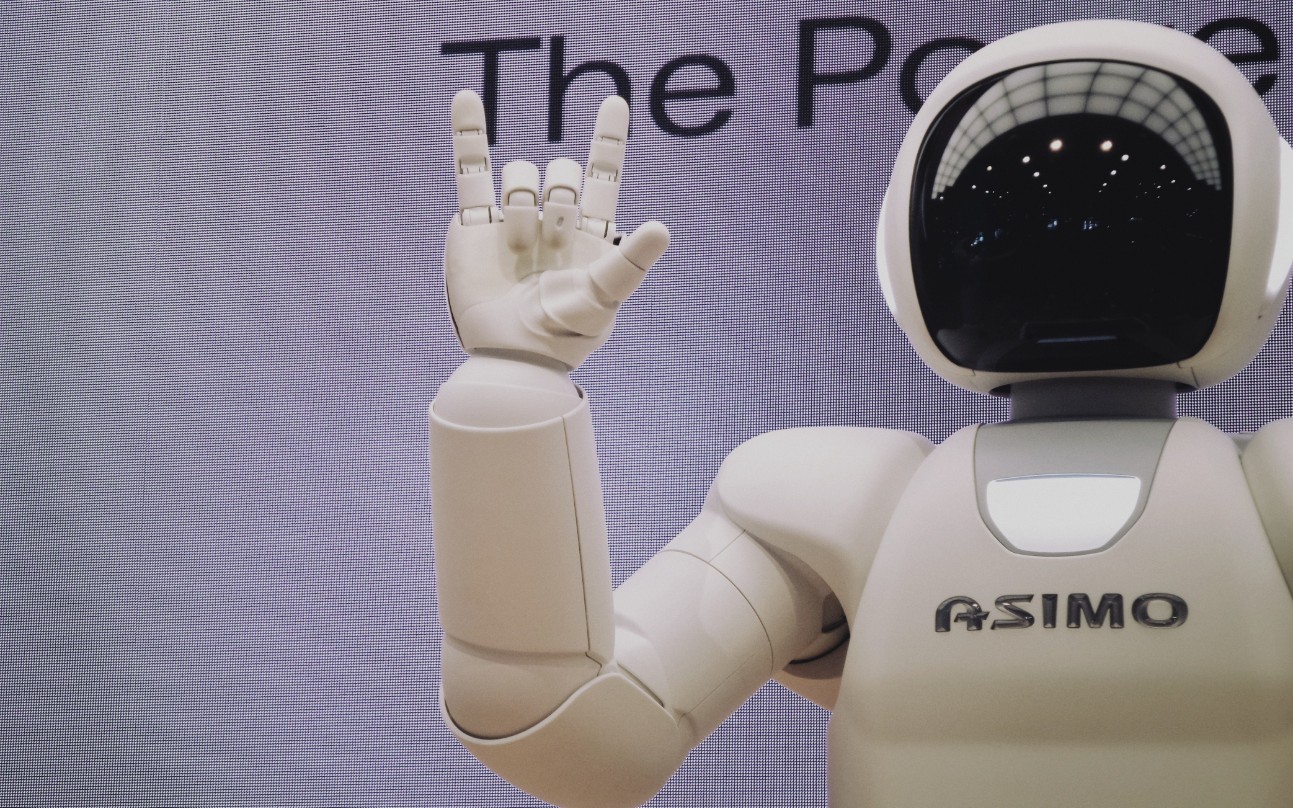
Artificial Intelligence (AI) has been revolutionizing countless sectors, from finance to healthcare. One particularly intriguing branch of AI that has emerged is “Emotion AI.” Also known as “affective computing,” Emotion AI aims to detect, interpret, simulate, and respond to human emotions. But how does it achieve this remarkable feat? Let’s delve into the science behind Emotion AI: its algorithms and data analysis methods.
1. Understanding Emotion AI
Before diving into the mechanics, it’s essential to understand the goals of Emotion AI. By recognizing human emotions, AI systems can better adapt their responses, making interactions more personal and human-like. This can have applications in areas such as marketing (to gauge consumer reactions), healthcare (to monitor patient mental well-being), and entertainment (for more interactive gaming experiences).
2. Data Sources: Where Emotion AI Begins
At its core, Emotion AI relies on vast amounts of data, typically sourced from:
- Facial expressions: Modern computer vision algorithms delve deep into facial nuances, capturing micro-expressions that often escape the human eye. These subtle movements can hint at a spectrum of emotions, from sheer elation to deep-seated sorrow.
- Voice and speech patterns: Beyond just words, the tonal quality, pace, pitch, and inflections in our voice carry emotional weight. Through a blend of Natural Language Processing (NLP) and intricate audio analysis, Emotion AI discerns sentiments, be it the exuberance in a joyful statement or the hesitancy in a worried query.
- Physiological data: Devices tracking physiological markers such as heart rate variability, skin conductance, and even subtle temperature changes offer a physiological perspective on emotional states.
3. Algorithms: The Heart of Emotion AI
Once the data is collected, sophisticated algorithms process it to recognize and predict emotional states. Some primary algorithms and techniques include:
- Deep Learning: Deep neural networks, especially convolutional neural networks (CNNs), are extensively used for image and facial recognition tasks. These networks can be trained on vast datasets of human faces to recognize subtle facial movements correlating with different emotions.
- Support Vector Machines (SVM): SVMs, with their robust classification capabilities, are invaluable. They excel in segregating voice samples, determining whether a voice fragment sounds “serene” or “distressed.”
- Hidden Markov Models (HMMs): Voice isn’t just about individual moments but a continuum. HMMs are adept at analyzing sequences, making them ideal for tracking emotional transitions over a conversation.
4. Data Analysis and Feedback Loop
One of the critical components of any AI system, including Emotion AI, is the feedback loop. Once the system predicts an emotion, it’s compared with the actual emotion (if known), and the system learns from any errors. This continual learning process ensures that the system becomes more accurate over time.
Emotion AI platforms also often involve real-time data analysis. This means that as data streams in, the system is simultaneously predicting and refining its understanding. This allows for immediate adaptation, like adjusting a digital assistant’s tone based on user feedback.
5. Challenges and Ethical Considerations
While Emotion AI has vast potential, it’s not without challenges. Emotional responses are incredibly complex and can differ based on culture, personal experiences, and contexts. Hence, ensuring that the datasets are diverse and that the algorithms aren’t inadvertently biased is paramount.
Moreover, there are significant ethical considerations. The idea of machines “reading” our emotions can be seen as intrusive, leading to concerns about privacy and potential misuse in manipulative ways, such as personalized advertising.
Conclusion
The science behind Emotion AI is a fascinating blend of data collection, advanced algorithms, and continuous learning processes. As this field continues to evolve, it holds the promise of making our interactions with machines more intuitive and human-centric. However, it’s crucial that as we advance in this realm, we also tread carefully, respecting privacy and ensuring the ethical application of this technology.


